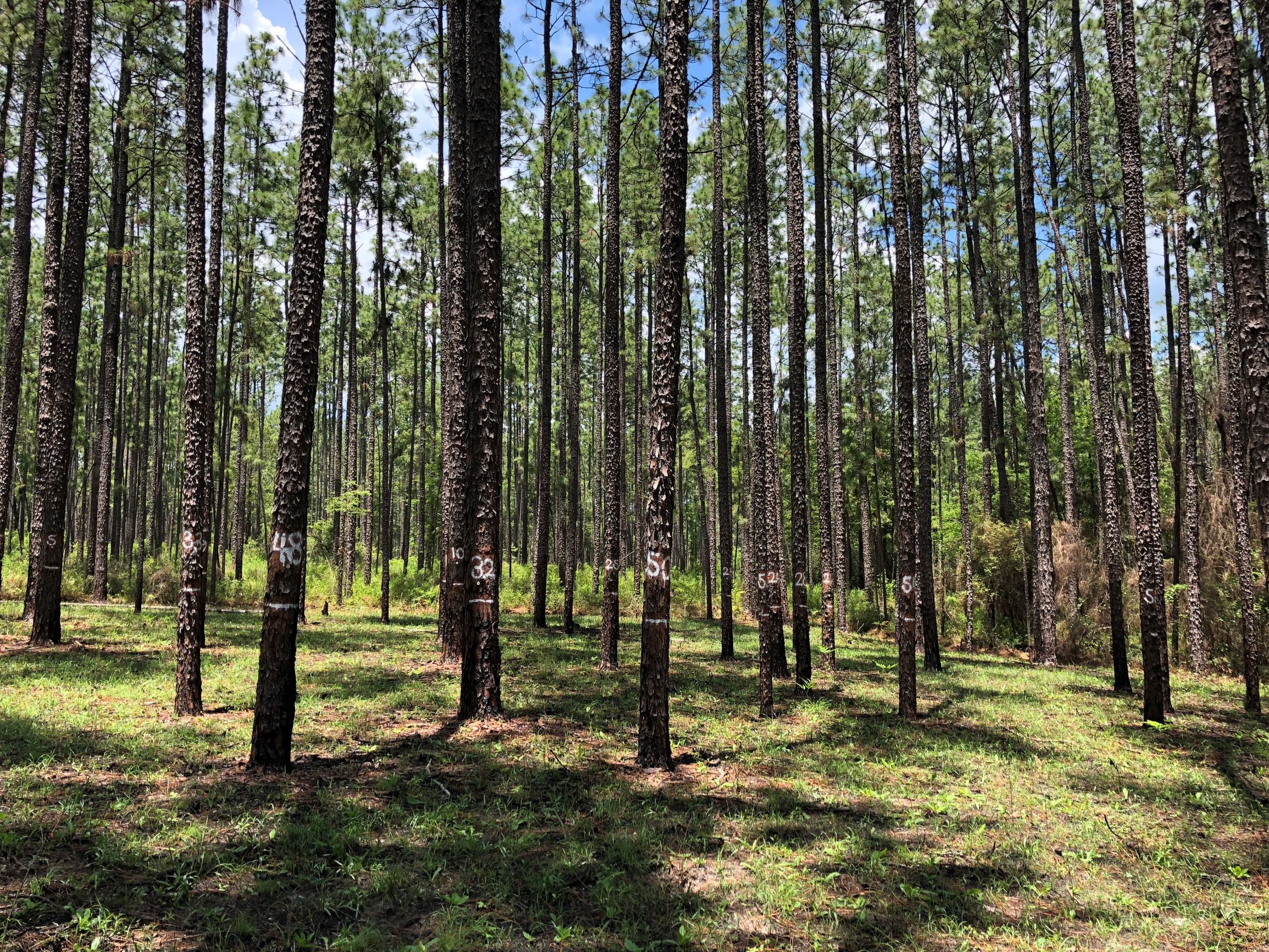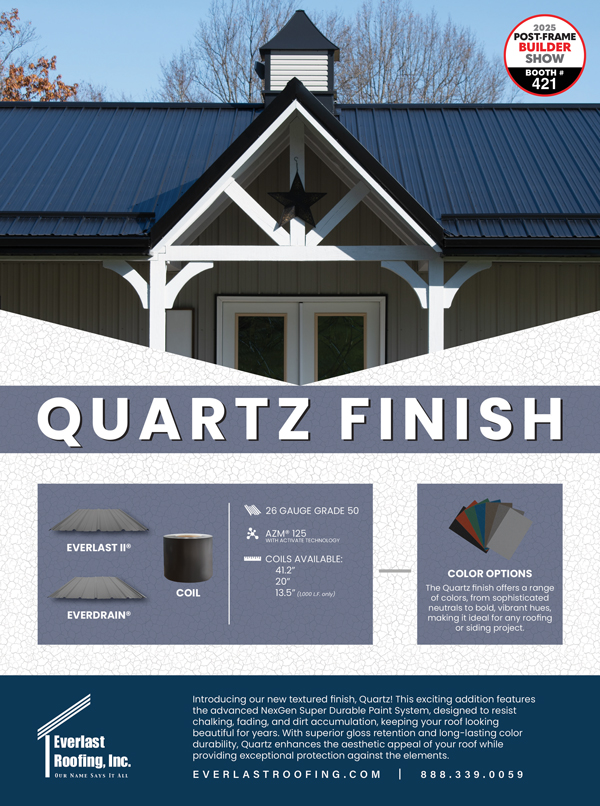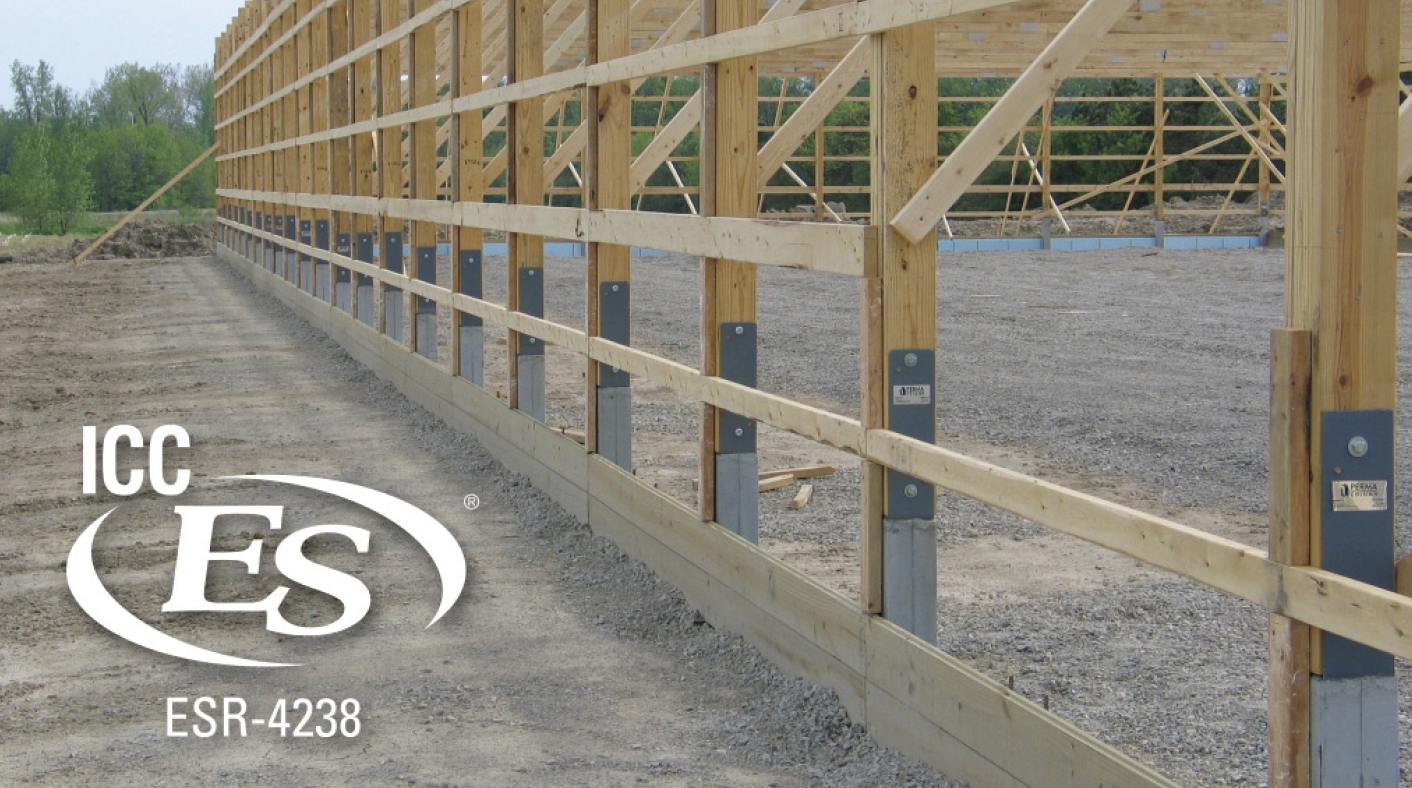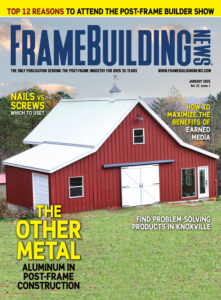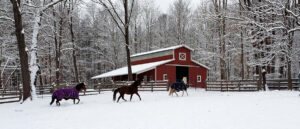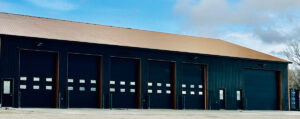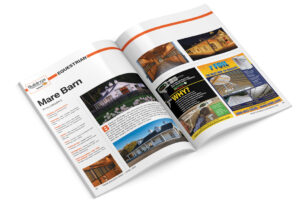By Jacob Prater
Southern Yellow Pine (colloquially called “hard pine”) is a type of lumber the name of which is known and used by many. However, instead of referring to a single species or type of tree, it refers to several species grouped together based on similar physical wood properties.
Technically speaking the species that make up southern yellow pine include: Loblolly Pine, Shortleaf Pine, Longleaf Pine, Slash Pine, Pond Pine, Pitch Pine, Sand Pine, Spruce Pine, Virginia Pine, and Table Mountain Pine. Quite a long list… Even though the technical list is long, in practice the most common lumber in this category is only four species: Loblolly Pine, Shortleaf Pine, Longleaf Pine, and Slash Pine.
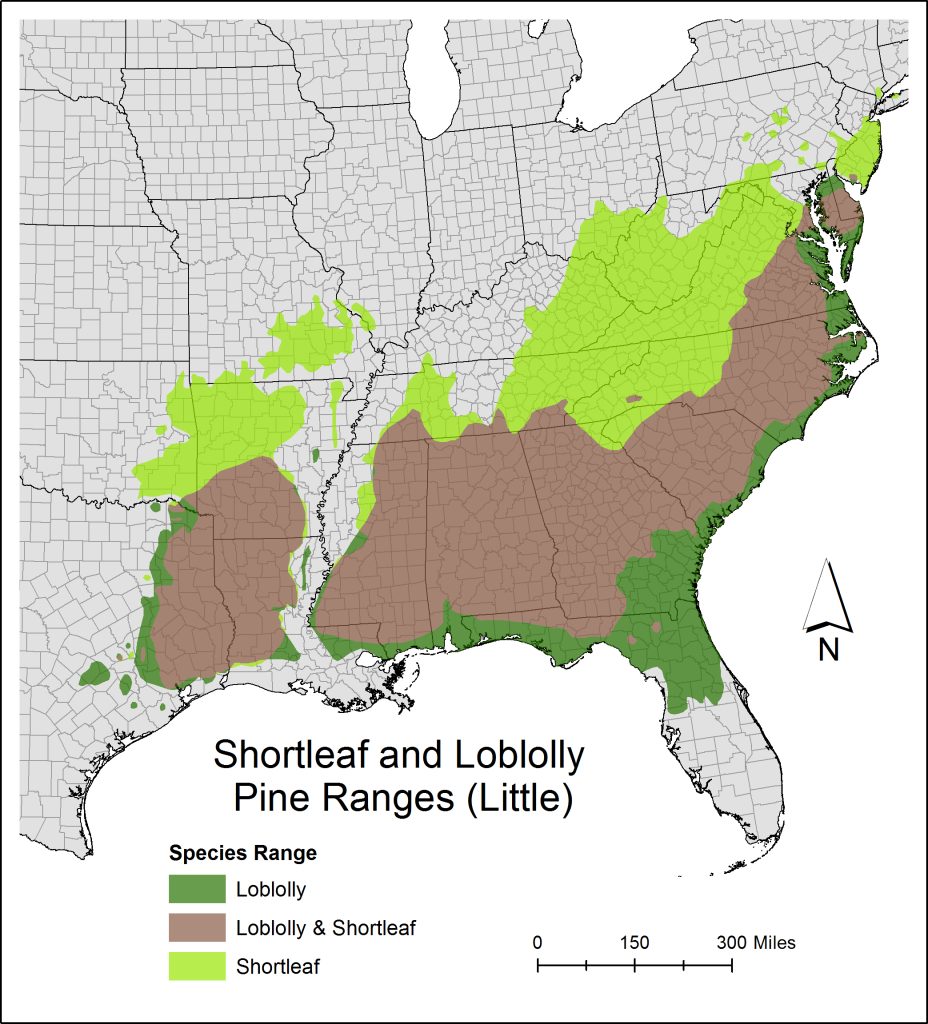
These four species make up almost the entirety of lumber produced as Southern Yellow Pine as they are the fastest growing and have the widest geographic range of the group. Most of these species have a range that consists of the Southeastern United States from Texas through to Virginia, though a few species extend further west and some farther north along the East Coast, hence the “Southern” part of the term Southern Yellow Pine.
The “yellow” part of course comes from the characteristic yellow color of these woods as compared to other pine and conifer lumber types. The species that comprise Southern Yellow Pine are not only determined by these simple factors though.
More important are the mechanical properties of these species which differentiate them from other lumber groupings such as SPF (spruce, pine, fir). Desirability of Southern Yellow Pine lumber stems from its density, hardness, and overall strength. The main four species mentioned previously have the highest density and mechanical strength of all production softwoods (yeah, you can find a few that are of similar strength and density, Douglas Fir and Western Larch can hang in there).
For reference the average density of Southern Yellow Pine is between 0.51 and 0.59 g/cm3 while the Spruce Pine Fir category is between 0.35 and 0.43 g/cm3. These strength, hardness, and density properties stem from the hard dense latewood (this is the dark colored ring in this type of wood) that this group of species grow. It is easy to see why these species were grouped together as they have similar superior qualities and are grown and milled in a similar area geographically. Southern Yellow Pine as a lumber type makes up the hardest, most dense, and strongest softwood lumber grouping in the US.

While Southern Yellow Pine is a regionally produced wood it is ubiquitous throughout the construction industry owing to its superior mechanical properties. But there is another reason that Southern Yellow Pine is everywhere and that revolves around production. As it comes from an area of the country with a longer growing season and more than adequate rainfall, Southern Yellow Pine is a highly productive group of species. The rain, heat, and sunshine in the US Southeast mean that Southern Yellow Pine can be rapidly and sustainably produced for lots of different uses. Combine that with four tree species that themselves grow rapidly and you have an industry leader in production of dimensional lumber.
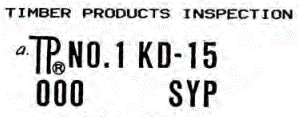
A 1970s forest service publication suggested that by the 2000s Southern Yellow Pine would comprise more than half of the softwood used as lumber in the US — a prediction that has more or less come true owing to a high-quality product that can be produced quickly and sustainably. In addition to making up the bulk of the dimensional lumber market, well over 80% of treated lumber products are Southern Yellow Pine.
Southern Yellow Pine products are not limited to regular dimensional construction lumber. You may find decking, laminated beams, boards (think 1-by stock), finish and select grade boards (stuff that is ready for paint or even a natural finish as trim, cabinet, or furniture parts), and mechanically graded lumber products as well. And while these products will all be stamped (except for maybe the finish grade products) as Southern Yellow Pine, there are other products that use this wood group that will not be as they are not dimensional lumber.
Other products utilizing Southern Yellow Pine include plywood, particle board, and fiber board. The wood from the species group comprising Southern Yellow Pine are really everywhere.

Photo by Jacob Prater.
Southern Yellow Pine makes great treated lumber for more reasons than all the wonderful mechanical properties, however. The cellular structure and pores within the wood of Southern Yellow Pine make it ideal for treated wood product use. The structure allows the products used to treat wood for rot and insect resistance to penetrate these species more deeply. Treated products is where Southern Yellow Pine really shines. Yes, it is fantastic dimensional lumber on its own, but with great uptake and penetration of treatment products you now have rot and insect resistant wood that also has the strength, density, and durability of the original lumber. You may even be hard pressed to find treated products that are not Southern Yellow Pine.
When looking at lumber to insure that what you are getting is Southern Yellow Pine, it will be stamped with “SYP” (Southern Yellow Pine) or “SPIB” (Southern Pine Inspection Bureau). These two marks are from two different entities that certify quality for Southern Yellow Pine products (Timber Products Inspection uses SYP and the Southern Pine Inspection Bureau uses SPIB). You may occasionally find “Mixed Southern Pine” and either “Spruce Pine” or “Sand Pine” marked separately. Mixed Southern Pine means that Virginia Pine and Pond Pine are included while the other two marks are species specific. These types are much less common than the SYP and SPIB and while they are still in the group of species referred to as Southern Yellow Pine they are marketed and grade-marked separately.
A quick trip to one of the lumber yards in my area found lots in the construction lumber area and a quick look around at some of the treated lumber products revealed that they had plenty of Southern Yellow Pine there as well. There may be some confusion at times where wood isn’t labeled specifically by your lumber retailer (it will always be stamped). I happened to ask if this particular lumber yard had Southern Yellow Pine and the person I asked said, “No, it’s special order only.” This was a simple mistake on the part of this young man as he was probably not aware that it might not be labeled in the yard with a sign from the retailer. All you have to do though is look for the lumber stamp and you will know what you are getting.
Remember: Half or more of the lumber is going to be Southern Yellow Pine so chances are pretty good that it is going to be there — especially in the treated section. FBN


